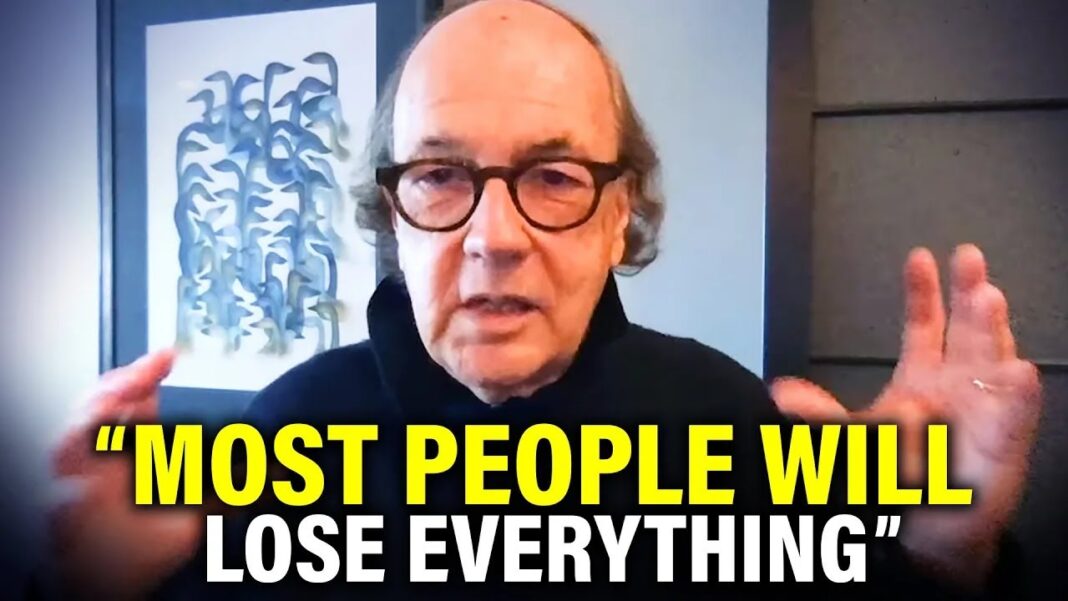The global economic landscape is ever-evolving, with various factors influencing its stability and direction. One voice that has consistently provided insights into this complex web is Jim Rickards, a financial expert with a keen understanding of the intricacies of the international monetary system. This article aims to delve deeper into Rickards’ predictions and the potential economic scenarios that may unfold in the coming years.
At the heart of the global economy lies the international monetary system, with the US dollar serving as its linchpin. However, the system’s stability is not as robust as many might believe. A significant loss of confidence in the dollar could lead to a cascading effect, jeopardizing the entire system. Historical precedents, including the collapses in 1914, 1939, and 1971, underscore this vulnerability. If we were to experience another such event, it would mark the fourth collapse in a little over a century.
However, a collapse doesn’t signify an apocalyptic scenario. It doesn’t mean societies will disintegrate or economies will revert to barter systems. Instead, in the aftermath of such events, global powers typically convene to redefine the economic “rules of the game.” They collaboratively establish a new framework to ensure the continued functioning and stability of the global economy.
Rickards has meticulously outlined four potential scenarios that the world might face in the aftermath of a monetary system collapse:

- Multiple Reserve Currencies: In this envisioned future, the US dollar’s dominance in global reserves could wane, dropping to perhaps 40 or 45 percent. Concurrently, other currencies, such as the Euro, Australian dollar, and Canadian dollar, might rise in stature. While this multi-polar currency world might seem like a balanced approach, it carries inherent risks. Without a singular anchor, like gold or the dollar, the potential for erratic behavior across multiple central banks increases, potentially leading to intensified currency wars and economic uncertainties.
- Special Drawing Rights (SDRs): This solution is often championed by global elites, encompassing a spectrum of individuals from finance ministers and treasury secretaries to central bankers. The SDR, a type of international monetary resource within the International Monetary Fund (IMF), could serve as a supplementary reserve for member countries, potentially stabilizing the system.
- Gold: Historically, gold has been the bedrock of economic stability. A potential scenario could see a return to the gold standard, leveraging its historical trust and stability to anchor the new international monetary system.
- Collapse Followed by a Graver Outcome: Perhaps the most alarming of Rickards’ scenarios is one where the collapse is succeeded by an even more dire situation. This could manifest in various forms, from executive orders and widespread social unrest to a tilt towards neo-fascism in certain regions.
While the future remains uncertain, understanding these potential scenarios equips policymakers, investors, and the general populace with the knowledge to prepare and respond effectively. The stability of the international monetary system is more fragile than it appears on the surface. With experts like Jim Rickards highlighting potential pitfalls and challenges, it becomes imperative for global stakeholders to remain vigilant and proactive.
In summation, as the world stands at the cusp of potential economic shifts, awareness and preparedness will be key.
Whether the future holds a multi-currency system, the rise of SDRs, a return to the gold standard, or a more tumultuous outcome, the global community must be ready to adapt and navigate the challenges that lie ahead.





